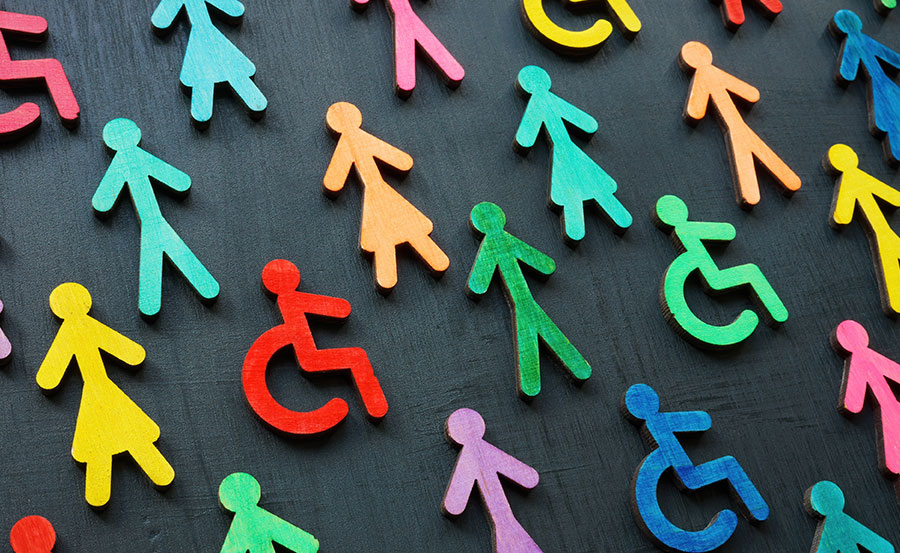Automated Accessibility Scanners and Their Uses


Automated Accessibility scanners are useful tools intended to help website editors identify potential accessibility issues and recommend actions to remove barriers and improve accessibility. The scanners use scripts to crawl websites and, using a series of algorithms, attempt to identify accessibility issues by comparing the HTML/CSS/JS with references that they store. Common accessibility programs include SortSite, Siteimprove, and Monsido, although many others exist.
Scanners output reports that range from 80 to 150 pages long, with all potential violations. This means that many of the issues flagged may not be true issues at all and require a manual assessment. Because of the nature of how these programs work, they often excel at identifying issues around missing ALT text, broken links, or repeated link text, but they may not account for issues that have multiple solutions or identify the correct way to address the accessibility guidelines. Automated programs work well with “yes” and “no” options, but they often struggle when presented with a wider variety of choices.
It is also worth noting that automated accessibility scanners are unable to cover the entirety of the Web Content Accessibility Guidelines, as some requirements are not detectable at a code level and must be tested manually. Relying solely on automated accessibility can result in missed guidelines or irrelevant issues. So, while automated scanners are excellent for identifying code-level issues and getting familiar with accessibility expectations, manual testing and assessment are still required for thorough accessibility coverage.
Once an accessibility scanner is set up, consult with local legal counsel, and identify what accessibility standard must legally be upheld. The Federal standard is currently set at WCAG (Web Content Accessibility Guidelines) 2.0 AA, and that is what most states and municipalities are trying to target. There are a few states, including Colorado, that do require a higher accessibility standard to be met.
Users can target a higher accessibility standard such as WCAG 2.1. Be aware, however, that higher accessibility standards can place more restrictions on what can be done, or which tools can be used, on the website.
Once the target standard is established, make sure the accessibility scanner is configured for that standard. Avoid wasted time spent tracking down an issue that is, ultimately, irrelevant to the required level of accessibility.
Scan result reports will be long and look concerning. But do not panic!
Generally, most of the issues identified in these reports stem from the page’s content, not the website’s structure. This means that most of the issues are within a user’s power to easily resolve. These could include missing ALT text or the image or text contrast needing to be increased.
We recommend breaking the report into chunks and tackling the issues a few at a time. Work carefully and try to understand what the guidelines say. If the guidelines align with the flagged issues, work to resolve the identified issues.
Working through the report may identify some issues that do stem from the user’s CMS/Website. Bring those issues to the provider and work with them on resolution. The provider may explain why an issue might not be a problem, or it may have already been addressed in another way.
Keep scanning the site periodically while working through the list, and the number of errors should begin to decrease over time. The goal is not to get to zero issues being flagged by the Automated Scanner (although that would be nice). The goal is to make sure your website is accessible and useable by people through as many means as possible.
